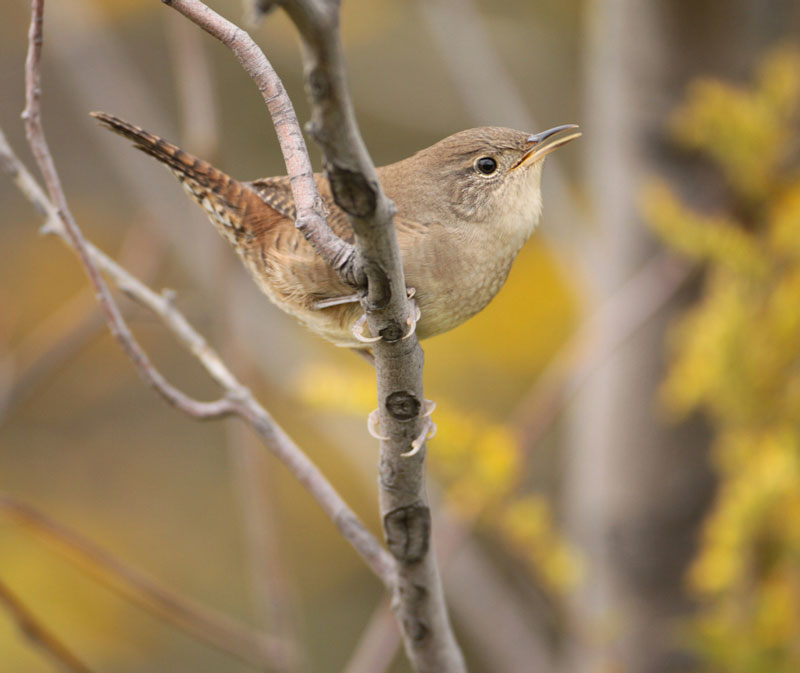Offer
Provide additional details about the offer you're running.
Provide additional details about the offer you're running.
Provide additional details about the offer you're running.

With one of the largest ranges of any songbird here in North America, the house wren marks its territory from as far as the southernmost regions of South America all the way up here to Canada’s great white north.
While relatively small in size, these birds can become quite fierce when it comes to defending their territory or claiming a new nesting site during the spring.
An insect-eater by nature, these small and nimble birds can often be heard singing their hearts out during the spring months as they flit from tree to tree in search of their next meal or mate.
Compact is the best term used to describe this bird. Stalky in shape, the bird does not sport much of a neck, as its head can often be seen only as an extension of its back. A bland brown in colour, the bird is often easily identified by not only its small shape but also because of its unique shaped tail. The long tail of the house wren is often pointed higher than the body.
For those that use the Carolina Wren as a comparison, these birds are smaller often more closely resembling the size of a black-capped chickadee.
As we stated above, geographically, these birds can be found just about anywhere. With winter ranges stretching deep into South America and breeding ranges covering much of Canada, these birds are well traveled and are often relatively easy to find.
Here in the Ottawa area, we are treated to these small, energetic birds during the spring and summer months as they pair up and prepare for the breeding season. They can be found in open forests, backyards, farms and urban centres – wherever there is reliable food and shelter.
As cavity nesters, these small birds make their homes during the spring and summer in trees or specially designed wren houses. Featuring holes just big enough to let them in, the design of these houses prevents occupation by larger birds such as starlings.
The singing is not reserved for just one sex when it comes to house wrens as both males and females get in on the action. While the songs differ slightly between the two sexes, according to the Cornell Lab of Ornithology, their songs are “long, jumbled bubbling introduced by abrupt churrs and scolds.”
Feature Image: Matt Tillett | Flickr
High Quality Blend